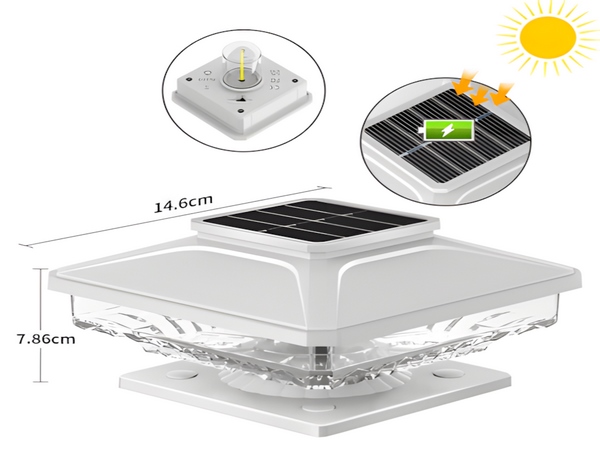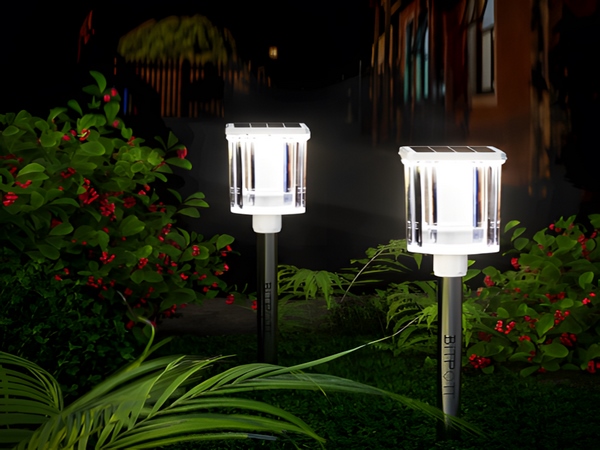
People are increasingly paying attention to the environment and lighting in residential communities. The lighting in these areas can be categorized into landscape lighting and courtyard lighting among others. There are several key aspects to focus on in the design of roadway lighting in these communities.

1. Design of the Light Fixture
Since the width of community roads typically ranges from 3 to 5 meters, they are not suitable for vehicles. To facilitate maintenance, courtyard lights with a height of 2.5 to 4 meters are generally used for lighting. This allows maintenance workers to use a short ladder for repairs.
In order to ensure that roadway lighting in residential areas is bright while also creating an elegant atmosphere during the day, the choice of courtyard light fixtures should harmonize with the architectural style and environmental ambiance of the community. The aim is to create a melodious combination of “light and shadow,” allowing for greater freedom in pursuing aesthetic appeal during the design process.

2. Selection of Light Source
In roadway lighting design, high-efficiency, long-lifespan high-pressure sodium lamps are typically used. However, community lighting design is somewhat different. Given the need for a quiet and elegant environment, cooler light sources tend to evoke a serene feeling. Therefore, communities generally prefer LED and metal halide lamps for illumination. This approach adds depth to the overall lighting design while providing a soft outdoor environment for low-rise housing.
3. Arrangement of Light Fixtures
The arrangement of light fixtures should align with the road planning of the community. Given the complexity of community road conditions with numerous intersections and forks, the lighting should provide good visual guidance, often utilizing a single-sided layout. For wider main roads and entrances within the community, a double-sided layout can be employed. Additionally, light fixtures should be placed at intersections and locations where the road changes significantly to maximize the guiding effects of the lighting.
4. Power Supply and Control of Community Lighting
For residential communities that are not very large, the lighting distribution box is generally located in the center, supplying electricity to the surrounding areas with relatively short lines but numerous branches. This configuration results in many outgoing lines, though each line carries a smaller load and shorter transmission distance. In contrast, larger residential communities with a greater number of fixtures might face issues with voltage drop due to longer supply radii from a single distribution point.
Street lighting is provided by LED courtyard light manufacturers, focusing on technology and quality as core competitive advantages. If you are interested in outdoor engineering lighting or have questions, feel free to ask.



